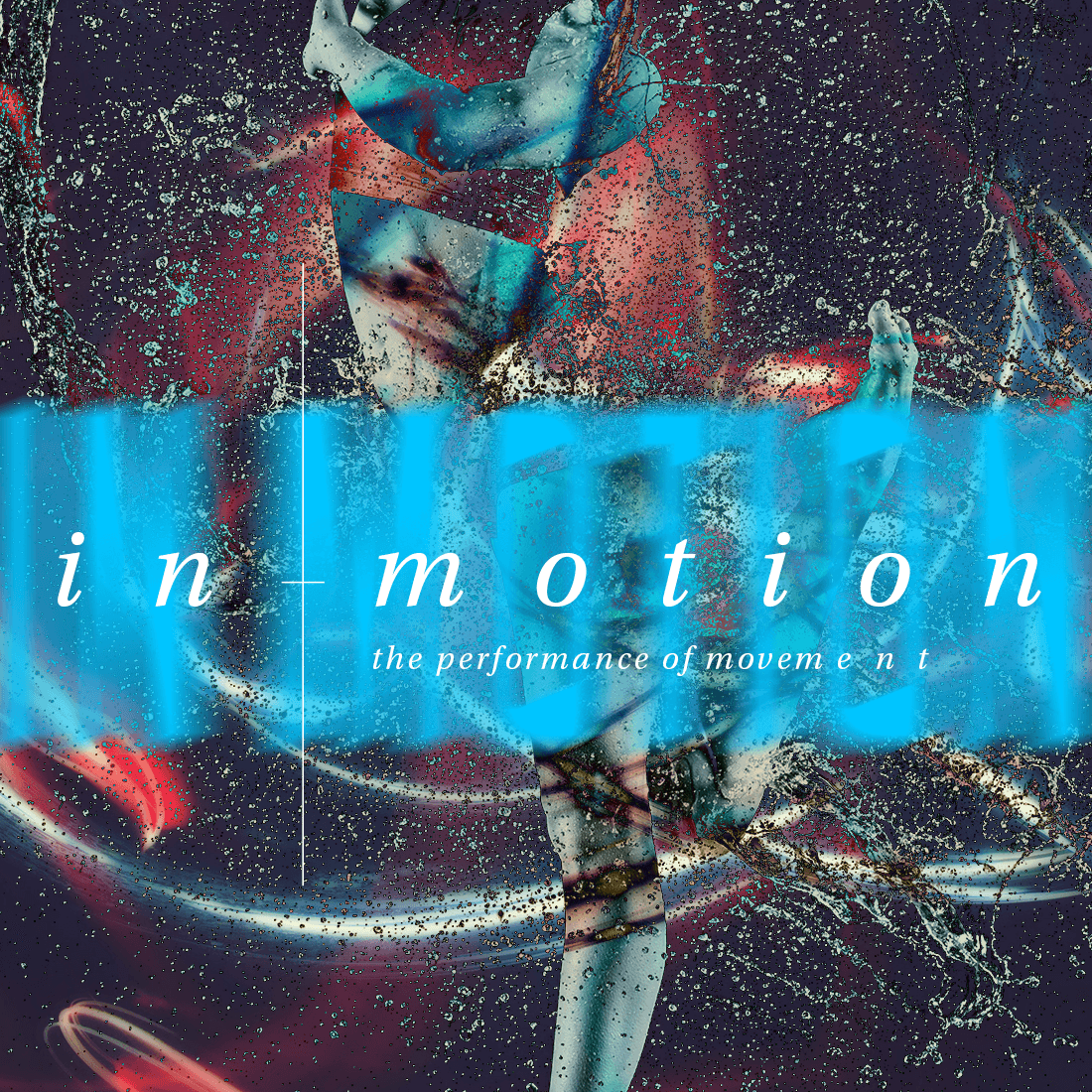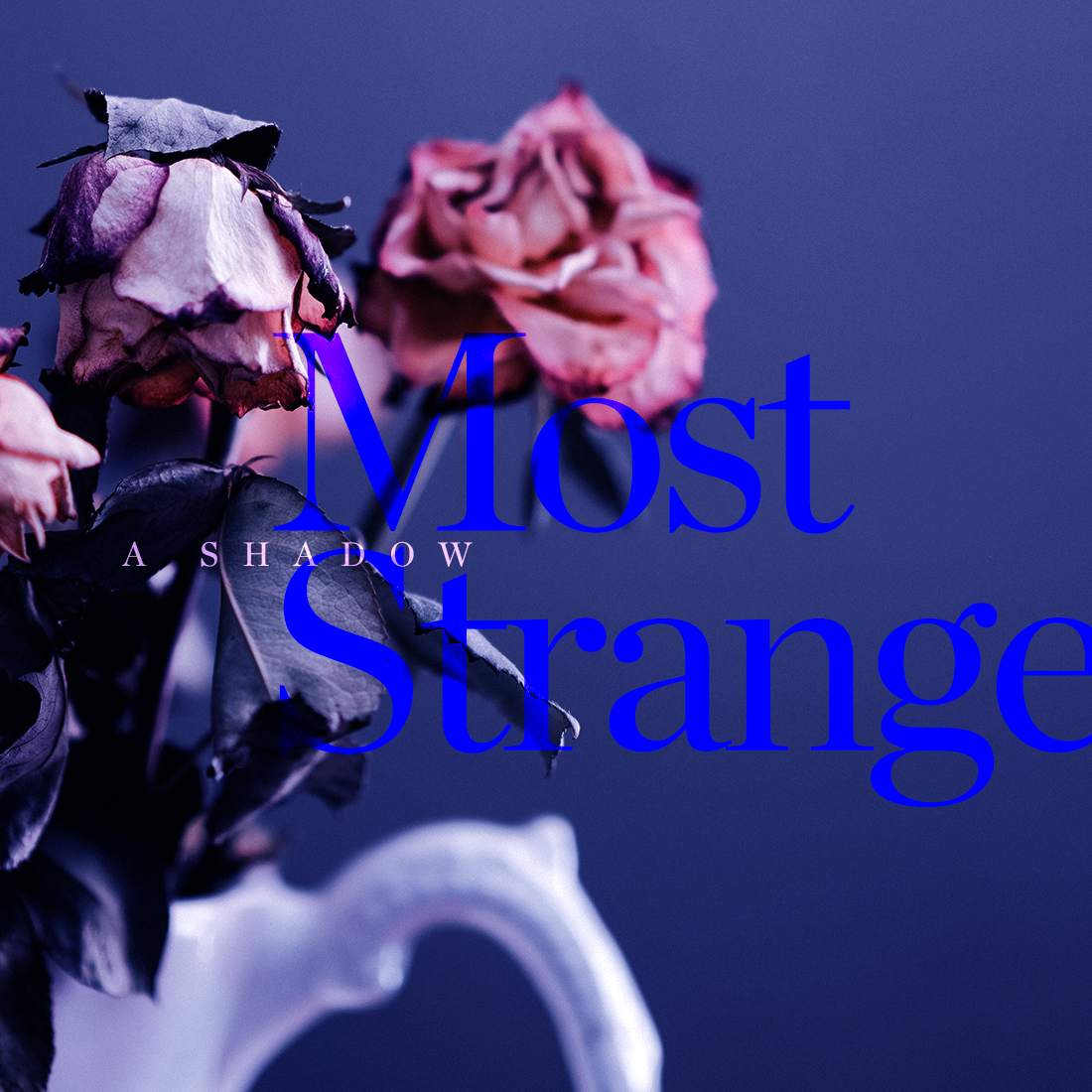NORA ROSENGARTEN
When artists create pictures and thinkers search for laws and formulate thoughts, it is in order to salvage something from the great dance of death, to make something that lasts longer than we do
– Narcissus and Goldmund by Hermann Hesse
“Butterfly (Schmetterling)” in Alfred Kubin’s A New Dance of Death (Ein neue Totentanz) depicts a mountainous landscape, dotted with houses, churches, grass and trees. A man, dressed in a jaunty hat and carrying a net, chases a butterfly with two large black dots on its wings. At first, the image appears tranquil and idyllic, but a sense of unease begins to creep in. The draftsman’s pen has scratched a sheer cliff in long, straight lines, perilously close to the butterfly-chaser’s right foot. The viewer wants to call out a warning — the man seems blissfully unaware of how close he is to the edge. At the bottom of the hill, in miniature to account for distance, a hooded figure awaits, anticipating the butterfly-chaser’s impending descent. To the viewer who has seen the nine preceding drawings, the figure’s identity is obvious: it is Death in skeleton form, who has appeared and reappeared in drawing after drawing. Once this identification is made, the climate of the sunny day shifts. The viewer sees in the once-beautiful butterfly a skull, the dark holes transformed from ornament into gaping eye sockets. Why draw death into moments of mundane pleasure, like chasing a butterfly?
Alfred Kubin | Source: DistantMirrors
Each turn of the page is followed by a quick scan for the ubiquitous Death.
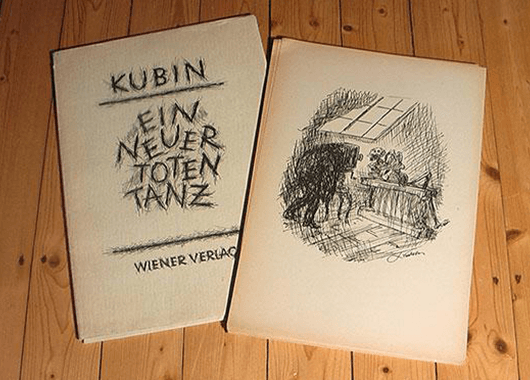
Alfred Kubin’s Ein neue Totentanz | Source: © ZVAB
Ein neue Totentanz is a bound book of twenty-four photolithographic reproductions of pen and ink drawings. Kubin drew these works in 1938, only months before the Nazis annexed Austria. They were published by the Viennese Publishing House in 1947, accompanied by an introduction from Werner Wachsmuth and an index with the order and titles of the images. Kubin’s Totentanz was popular, and the publishing house produced a large edition of five thousand copies.
The prints retain the feel of drawing, almost to the degree of trompe l’oeil, because they were reproduced via photolithography, an extremely precise method of reproduction. Every scratch, line, curve, and crosshatch is rendered in painstaking detail. The bound book contains twenty-four single-page vignettes, uniformly signed “Kubin” at the bottom right. Each drawing occupies an approximate rectangle centered on the page, heavily worked over with Kubin’s pen. The darkness of each scene is in stark contrast with the white paper that surrounds it.“The Quick Funeral (Das schnelle Begräbnis)” portrays Death driving a horse-drawn hearse through a busy street. Kubin’s lines — variously straight, jagged, curlicued — define a rough rectangle around the central activity. Everything else fades at the rectangle’s edge: bodies, buildings, and the street all give way to blank white page. This cutting off of the image draws attention to the medium, reminding the viewer that the whole page was once blank.
These twenty-four drawings capture split-second moments. Most of the scenes are drawn from mundane, everyday life, including having a beer at the tavern, a fishing trip, going ice skating, or taking a photograph. Kubin complicates the setting by adding a character into the mix: death personified as a skeleton. In some scenes, Death is active — it warns, it takes, it kills, it entraps. In other scenarios, Death is passive — it watches, it waits, it stands idle, it sips a beer at the bar. Kubin engages the viewer in a seeking game, at once playful and macabre. Each turn of the page is followed by a quick scan for the ubiquitous Death.
The first image, and title page of Ein neue Totentanz is called “The Comet.” Death swoops down, ethereal, to surprise a couple walking across a bridge, trailing what the title invites us to interpret as a comet in its wake. Kubin repeats long, straight lines in a curving pattern to create the comet’s passage. Death’s skull and spindly fingers hang before a couple on the bridge in a wild moment of uncertainty. In a visual theme that recurs throughout the series, the couple’s corporeality, and, implicitly, life force, is indicated by their dark, heavily worked bodies, while death is barely outlined, taking on the paper’s white as its own spooky pall. Kubin may be referencing an actual astrological event, since on July 1, 1936 the comet Peltier moved across the sky, visible to the naked eye. Whether Kubin is depicting an actual or an imagined astrological event, by casting death in the role of a comet, he reinforces the notion of death as a force of nature, a source of beauty and awe as well as devastation. This resetting underscores the title, which smolders in dark letters across the image: this is a new dance with death.
Kubin’s Totentanz is an abundantly rich series, which in turn draws upon and reinvents traditions in self-consciously new modes. To be alive, Kubin argues, is to dance with death.
Kubin’s title and form insist that the 1947 Totentanz is in conversation with the centuries old “dance with death” or danse macabre. First coming to prominence in 15th-century Europe, the dance with death allegory appeared as wall murals, printed books, poems, plays, songs, and even puppet shows. It was always a fundamentally religious image, used to provoke piety and devotion by invoking the horrors of death. Some have connected the demand for Dances with Death with the Black Death, which swept Europe between 1347 and 1350, killing more than a third of the population.
Camille Saint-Saëns’s “Danse Macabre” set to a 1980’s cartoon for PBS | Source: GalaxyJDW/YouTube/
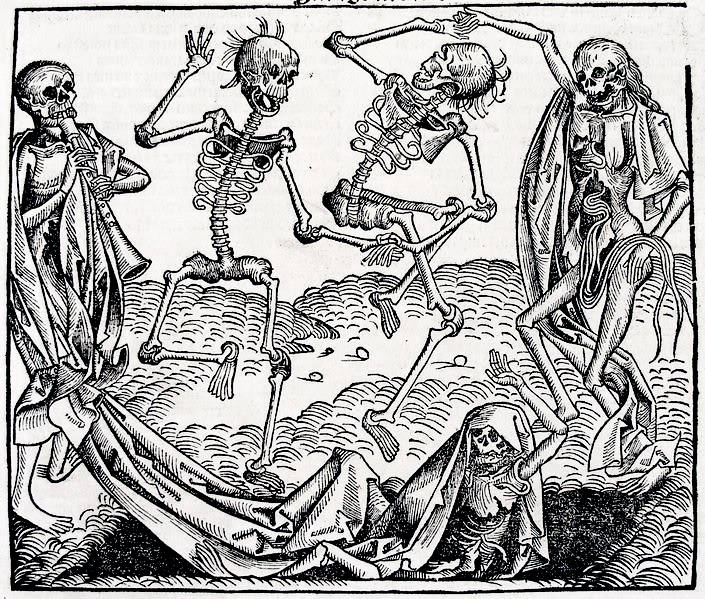
1493 lithograph by The Dance of Death by Michael Wolgemut | Source: Wikipedia
Across various media, the same linear progression plays out: Death, represented as a skeleton, approaches a series of individuals. Each figure represents a specific, recognizable type — common examples include “The Pope,” “The Child,” “The Drunkard,” “The Wife,” and “The Merchant”. Death and its victim exchange words, usually an opportunity for the character to demonstrate piety, or lack thereof. At the end of the dialogue, the character goes silent, presumably dead. The dance’s efficacy — toward the ultimate goal of repentance—relied on each viewer’s identification of his (and later her) surrogate in the narrative. Here, recognition is a powerful rhetorical tool, allowing these very public images to be “simultaneously deeply personal and widely accessible.”
Dances of death were especially popular as wall paintings in churches, because they were believed to encourage repentance and moral living. In this context, they were frequently accompanied by text, but, because most of the population was illiterate, artists developed modes of depiction that allowed viewers to easily identify their counterpart in the image. The earliest dances of death, among them Bernt Notke’s Danse Macabre in St. Nicholas Church in Talinn, Estonia, created elaborately painted costumes and handheld props for each figure. For example, Notke’s Pope wears elaborate red robes and the Papal tiara, while carrying the Papal staff, on the assumption that anyone unable to read the text beneath the image would recognize these symbolic accoutrements.

Danse Macabre by Bernt Notke | Source: Wikipedia
In Notke’s Danse Macabre, as in other early dances, each figure sports individualized garb, yet they are all placed in the same time and setting, and subjected to the same manner of death. Personalization is limited to clothing and props, and does not extend to the narrative. In this regard, the early painted dances of death mimic their theatrical counterparts: the characters read like actors against the flat, painted backdrop of a stage set. Since the setting and the manner of death remain the same for all participants, this has been interpreted as an equalization of humanity before death. However, this leveling of the playing field also meant that the setting was, necessarily, divorced from lived experience. Though the figures appear lifelike, they do not engage in life, instead standing still and impassive. The characters rarely acknowledge Death, as it scampers around them, instead looking out to make eye contact with the viewer. Although the context was generic, the earliest dances with death reach out to their viewers through the beginnings of individuation and a literal outward gaze.
In 1538, Hans Holbein the Younger revolutionized the Dance of Death tradition with a book of woodcuts entitled Les simulachres et historiees faces de la mort. This immensely popular book was republished hundreds of times, including in German, where it was called Der Todtentanz. The Simulachres was so successful in cementing a new set of conventions for the Dance of Death tradition, that the medieval works, like Notke’s, were rendered obsolete. Holbein’s reconfiguration was radical not for its depiction of Death — who remained a skeleton, foreboding as ever — but in his decision to situate each exchange in a realistic, familiar life. Most prominently, Holbein rejects the contrived lineup, giving each victim their own page of the bound book. The viewer encounters each protagonist first individually, and then, as pages are turned, as one component of the whole. Placing each protagonist by themselves gives Holbein the freedom to describe, often in painstaking detail, the setting and circumstances of each individual’s daily life. Although he does not abandon the types altogether, Holbein’s characters are more complex than their medieval iterations. Holbein constructs a Dance of Death populated with individuated people who are “vibrantly alive, anchored in their own universe: some […] still unaware of Death’s approach.”
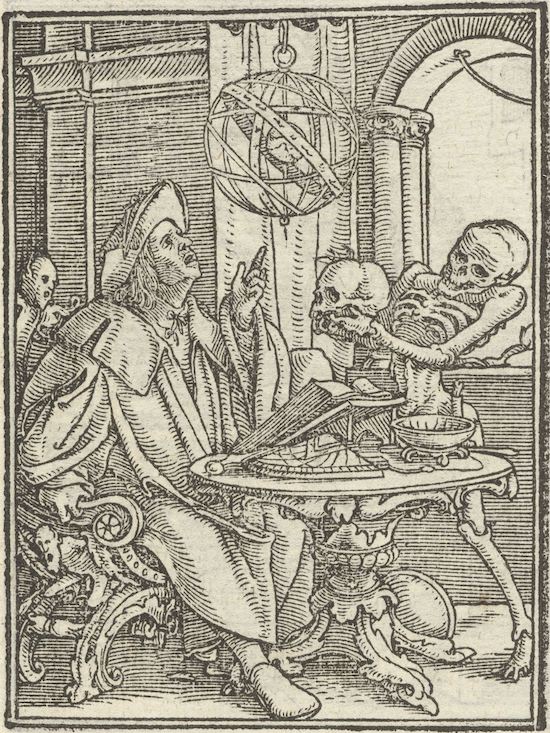
“The Astronomer” by Hans Holbein the Younger | Source: Public Domain Review
In “The Astronomer,” Holbein places his protagonist in a fully realized studio, outfitted with architecture and furniture. Gone is the pastoral background of Notke’s wall painting and the awkward line of victims. Rather than standing, the astronomer sits at his table, engaged with a book — perhaps a reference to the reader, who might have been reading Holbein’s book at a similar desk. The astronomer points up to the heavens, contemplating the mechanics of the Earth and Sun and planets. Death truncates the reverie by offering a skull. The skull and the mobile that hangs from the ceiling represent opposing forces in the astronomer’s life. The mobile, ethereal and intellectual, signifies the heavens, and the astronomer’s metaphysical ability to solve problems of the universe. The skull, on the other hand, is an unswerving reminder of his mortality and death. All human beings are, to some extent, like this astronomer, caught in the contradiction between metaphysical intellectual capability and physical limitations. In this way, Holbein extends the dance of death’s identification and self-recognition to all viewers. Here, Death is a prophet, reminding the astronomer of his, and our, fate.
Kubin creates a similar statement with the second drawing from his Totentanz, “Athlete.” The viewer is privy to confrontation between Death and the titular athlete, who is caught in a moment of vitality. Rapid cross-hatching defines the athlete’s powerful body, as he raises a huge barbell weight above his head. In contrast, the skeleton is sketchily outlined, appearing small, weak, and fragile in comparison with the towering athlete. Death addresses the athlete with a castigating finger-wag, mouth open, to deliver a diatribe. The viewer, scolded by association, is humbled to have forgotten death’s potency for even a moment.
Both “The Astronomer” and “Athlete” cast death in a pedagogic role, reminding the living of its presence. Neither image explicitly depicts the moment of death. In fact, both the astronomer and the athlete seem to be missing Death’s gaze. The athlete stares ahead, rigidly, while the astronomer’s eyes point to his beloved mobile. Holbein and Kubin stage these encounters, not for the characters, but for their viewers. The astronomer and the athlete, and all the characters in Holbein and Kubin’s dances, are typified not only in the characterization of their dress and behavior and profession, but also by their attitude toward death — be it dismissive, fearful, arrogant, or oblivious. Thus, Kubin’s Totentanz must be read as part of the same tradition as Holbein’s dance of death, because he adopts Holbein’s contextualization of Death as a part of life to produce a program of drawings that are addressed primarily to their viewer. To provoke recognition, the dance of death prioritizes wide applicability over individual expression.
If a tree blooms, death blooms in it as much as life does.
– Rainer Maria Rilke
The third to the last work in the Totentanz is called “Death Comes for the Draftsman (Der Tod holt den Zeichner).” The artist, in a dressing gown with bare feet, sways forward, left arm extended. Hooded Death stands behind him, occupying the vacuum of otherwise negative space into which the figure lurches. One skeletal arm reaches under the draftsman’s left arm, while the other tenderly cups his ribcage. The draftsman does not make eye contact with Death, or acknowledge its touch. Behind the draftsman’s back, the page is pitch black. Kubin’s individual pen strokes are rendered invisible through multiplicity. Opposite the darkness, an open window beckons. The air is alive with sheets of paper that are sullied with both text and drawings. The draftsman clutches his pen in hand, perhaps surprised in the act of drawing. Here the viewer sees these dualisms stretched to their limits, revealing the tenuous connections between creation and loss; life and death. Is Death, as the title suggests, taking the draftsman? Are they dancing, arm in arm, while the draftsman creates his works? Or, is this the draftsman’s — and, by association, the viewer’s — perennial state?
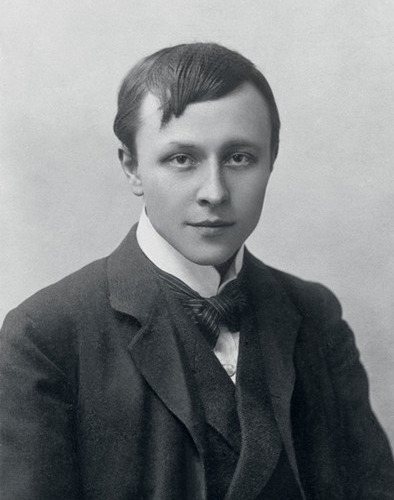
Alfred Kubin | Source: Wikipedia
Kubin likely created this image with himself in mind. It requires no stretch of the imagination to read this as a self-portrait, and it likely is that, at least in part. But it is a self-portrait full of nuance and complexity, all of which is lost when the work is dismissed as only a self-portrait, another autographic gesture from an artist obsessed with his identity.
But there is more at play. In a review for the newspaper Wiener Abendpost on January 3, 1903, Austrian poet Richard von Schaukal wrote, “[Alfred Kubin] has not studied drawing. This is clear at a glance. But what does that tell us when confronted with this stunning oeuvre!” Schaukal, one of Kubin’s earliest critics, was grappling with the same questions Kubin’s works bring to bear today: the tensions between innovation and tradition; style and theme; beauty and the macabre. Kubin’s approach to drawing was, by nature, a collage of history, literature, and his own lived experience. Kubin’s Totentanz is an abundantly rich series, which in turn draws upon and reinvents traditions in self-consciously new modes. To be alive, Kubin argues, is to dance with death.


